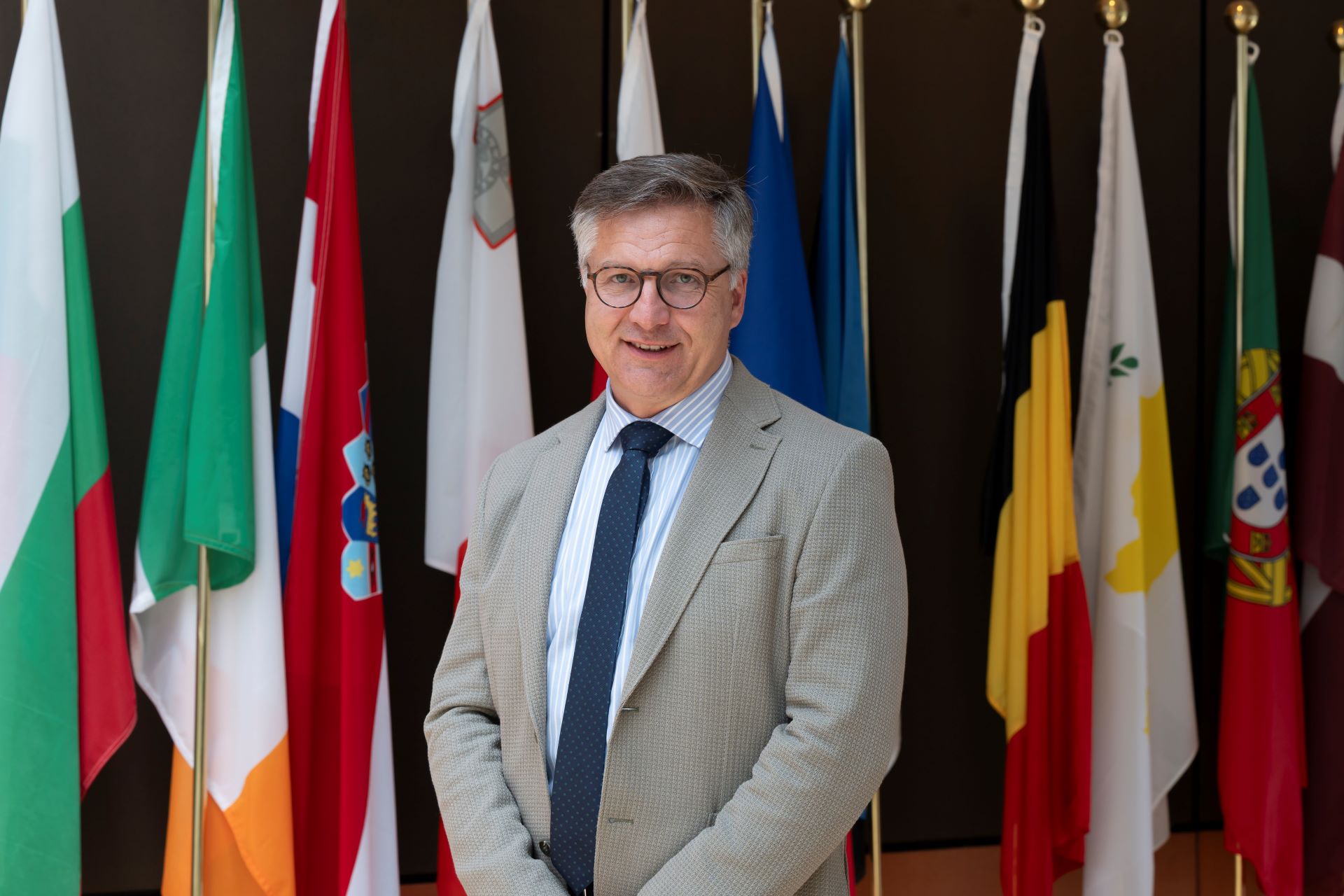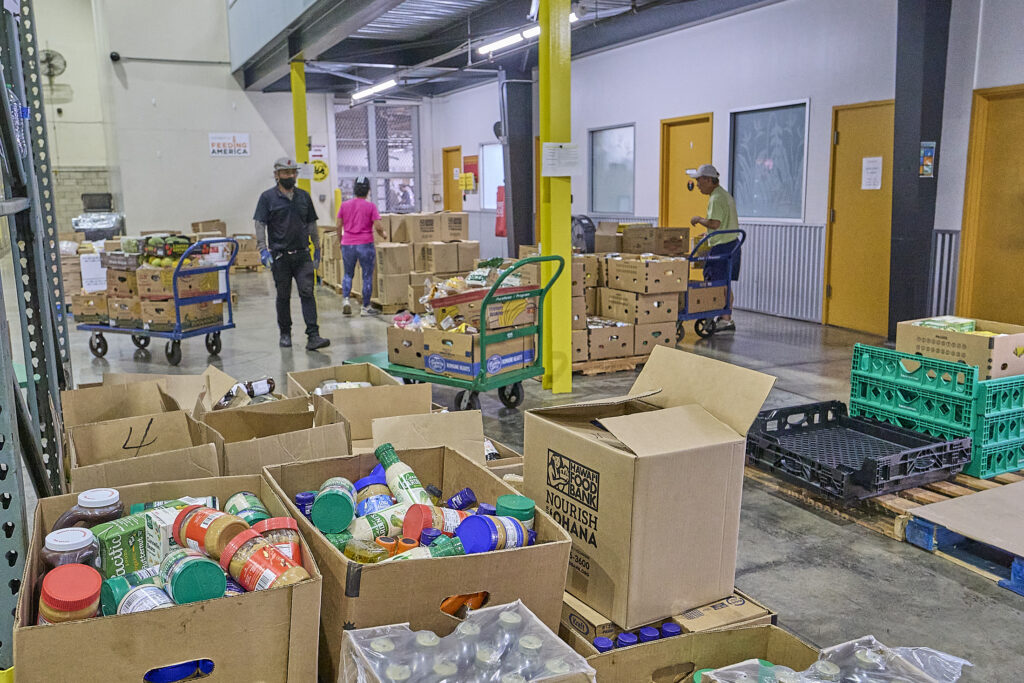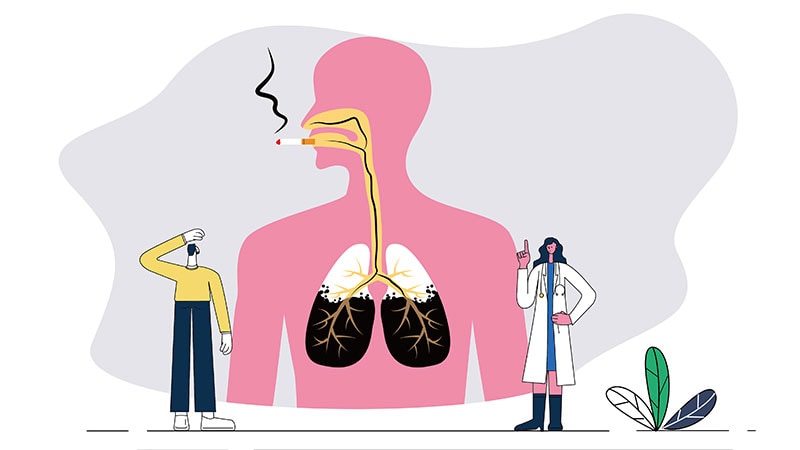Three ways our researchers are aiding disaster risk reduction
Researchers across the Faculty of Engineering are developing innovative solutions to support communities to reduce disaster impacts.
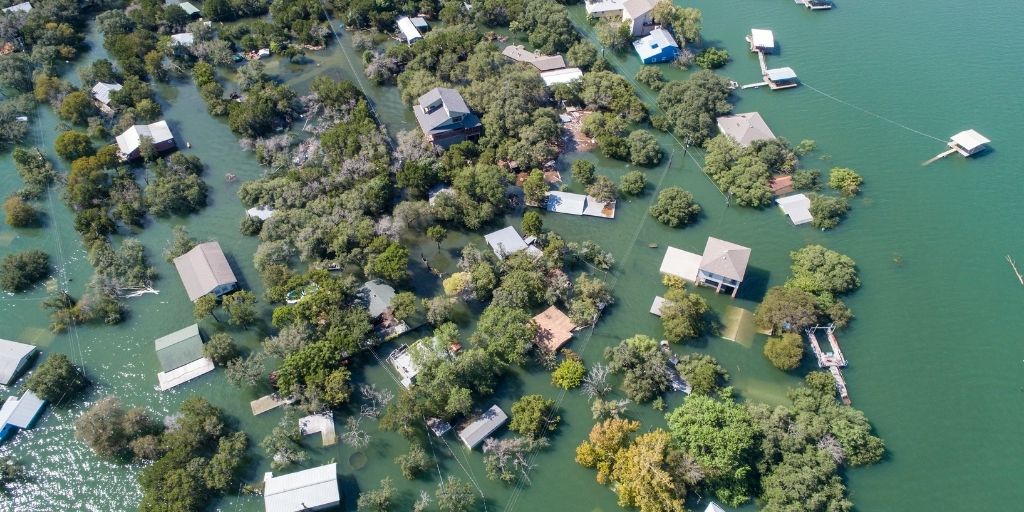
Taking place annually on 13 October, the United Nations' International Day for Disaster Risk Reduction is an opportunity to reflect on how people are reducing their exposure to disasters and raise awareness about the importance of effective disaster risk management.
Engineers don't only help communities rebuild in the aftermath of a disaster – they also play a significant role in designing systems and infrastructure to reduce risk before disaster strikes.
These projects highlight how Faculty of Engineering researchers are working to minimise the social and economic cost of disasters across the world.
Advancing local flood decision-making in the Philippines
While disasters can significantly impact any community, they are devastating in lower income communities with more vulnerable infrastructure and governance systems.
Senior Lecturer in Humanitarian Engineering Dr Aaron Opdyke and his team, including undergraduate civil engineering students Grace Barrett-Lennard and Zoe Latham, are working on new models and an interactive game to help local governments better plan for flooding in the face of climate change.

The interactive game is designed to help local decision-makers better plan for flood events. Photo: Dr Aaron Opdyke
"Disaster risks are only set to worsen under climate change, and local governments need support to better prepare," said Dr Opdyke.
The game puts players in the shoes of local stakeholders who collaborate to increase the resilience of homes, schools, farms, and other community assets.
"Players face dilemmas in selecting which adaptation strategies to implement, while under pressure from flood events that damage community assets throughout the game. The game gives decision-makers a chance to try out real strategies in a low-stakes environment."
As the game progresses, so does the severity of the floods, corresponding to different potential pathways linked to the Intergovernmental Panel on Climate Change (IPCC)'s most recent sixth assessment report.
Strengthening risk management through communities
Reducing the risk of disasters isn't only necessary overseas. Working with the NSW State Emergency Service (SES), a multidisciplinary team of researchers are using their expertise to analyse current risk management practices.
By considering social and physical factors that can increase vulnerability to disasters, the researchers hope to better map hazard exposure and more accurately assess risk.
According to Project lead Dr Nader Naderpajouh, the research has highlighted the role of the community in assessing risks.
"It's important to consider both formal risk assessments from agencies such as emergency services and informal risk assessments carried out at the local and community level", says Dr Naderpajouh.
"Agencies should engage with in-depth local knowledge to streamline community risk assessments."
Project management expert Associate Professor Petr Matous also echoes the importance of the role of communities.
"When considering communities, we need to pay special attention to the underlying power dynamics and interpersonal networks", he says.
"If not taken into account, these dynamics can preferentially consider the needs of those at the core of community networks and neglect those on the periphery of their community."
These findings will help researchers develop community risk assessment systems that consider social and physical dynamics to serve the whole community.
Securing shelter in the aftermath of disaster

Shelter and settlements provide a significant challenge in the aftermath of disasters. Photo: Dr Aaron Opdyke
Dr Aaron Opdyke and a team of international researchers are working to identify and address barriers facing the recovery of shelter and settlements after humanitarian crises.
Bridging immediate humanitarian assistance with long-term rebuilding, the research team are investigating how humanitarian organisations can assist communities in navigating complex recovery strategies.
The research incorporates working with humanitarian organisations to learn how they are helping communities rebuild housing and community infrastructure and the challenges they face. This has included interviews with staff supporting the response to earthquakes in Syria earlier this year, where a range of factors complicated disaster response efforts.
Preliminary results have highlighted the numerous and often competing barriers to long term shelter and housing recovery, such as insecure land tenure and limited access to sustainable livelihoods.
"By capturing cases where organisations have been successful in supporting longer term recovery, we hope to identify how they can better assist communities", says Dr Opdyke.
"Humanitarian shelter and settlement practitioners are finding innovative solutions, such as flexible models which work around complex political barriers."
What is Your Reaction?
 Like
0
Like
0
 Dislike
0
Dislike
0
 Love
0
Love
0
 Funny
0
Funny
0
 Angry
0
Angry
0
 Sad
0
Sad
0
 Wow
0
Wow
0


































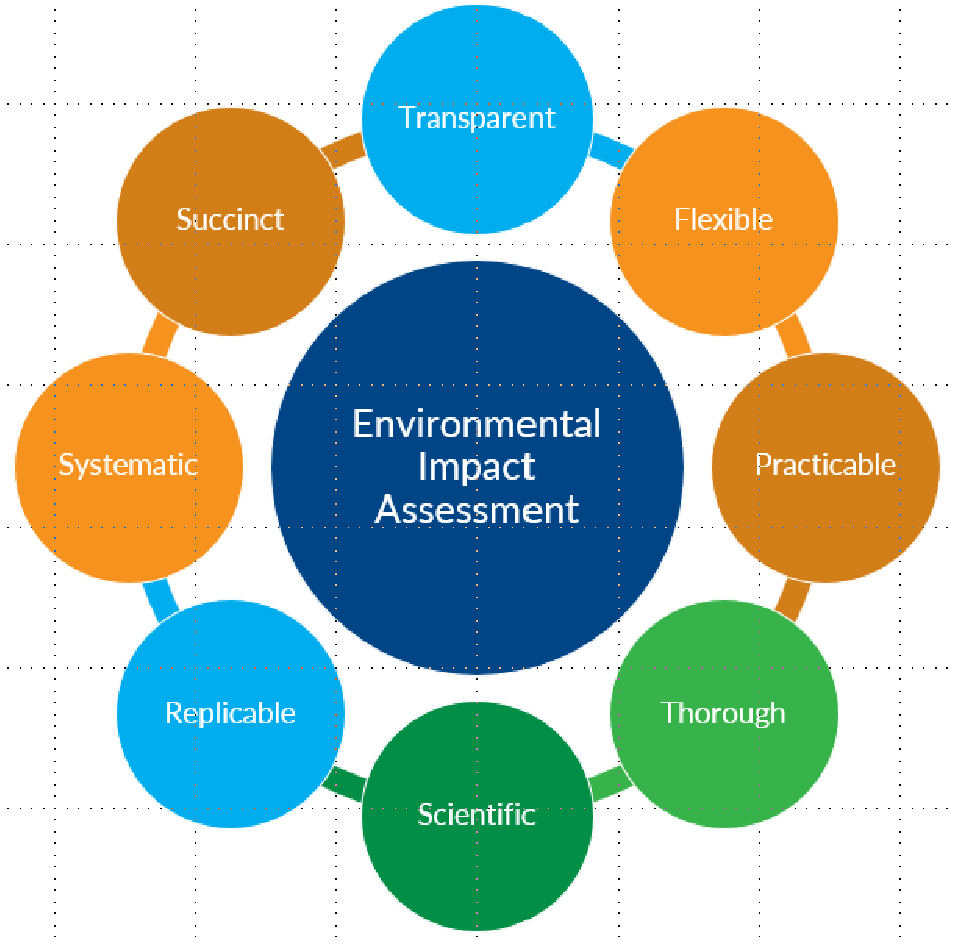











/environment-climate-change-and-health-(ech)/water-sanitation-hygiene-and-health-(wsh)/landfill-tuvalu-36092.tmb-1200v.jpg?sfvrsn=5c21fe40_1#)




.jpg.webp?itok=0ZsAnae9#)

